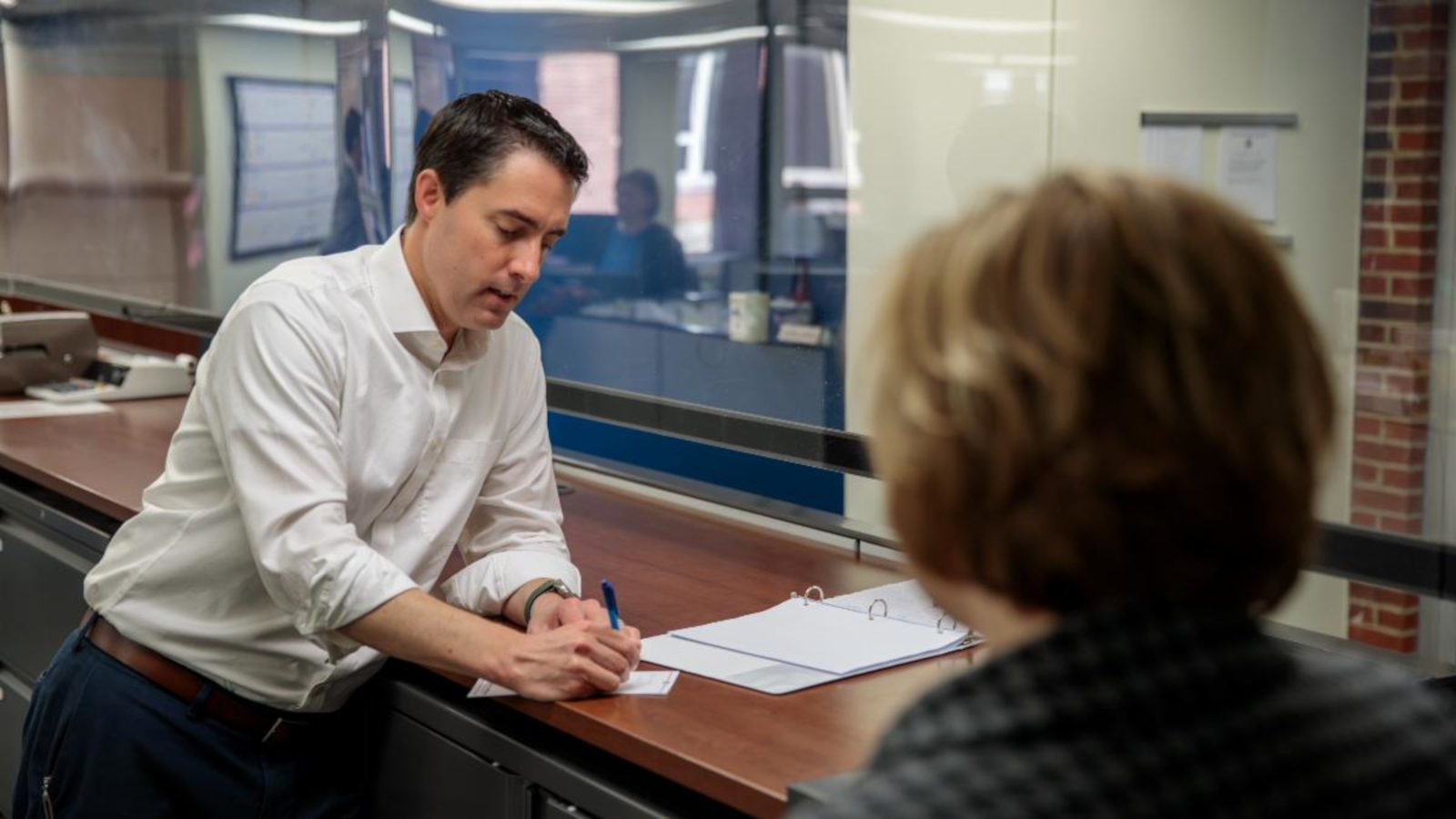Petitioners seeking to raise the minimum wage in Ohio through the ballot box will have a little more than a year to get enough signatures to place the Raise the Wage Ohio Amendment on the November 2024 ballot.
The proposed amendment would increase the state minimum wage rate to $12.75 per hour beginning on Jan. 1, 2025. Then, a year later, it would rise again to $15 per hour. The inflation-adjusted annual increases in the existing Ohio code section would resume on Jan. 1, 2027.
The amendment also would change how employers pay employees who receive tips. Tipped employees would be paid the full minimum wage rate beginning Jan. 1, 2029. Until then, employers could pay tipped employees on a scale starting at minimum wage minus $4 per hour to that rate minus $1 per hour – as long as the combined hourly wage and tips at least equal the minimum wage rate.
Mount Vernon Mayor Matt Starr said an increase in the minimum wage would affect the city and may cause a general wage increase.
The Ohio Attorney General’s Office, whose role is to certify or reject a petition based on whether it’s fair and truthful, certified the petition in early April, seeking to amend Article II, Section 34a of the Ohio Constitution, which sets the state’s minimum-wage rate.
The Ohio Ballot Board qualified the petition as a single amendment a few weeks later, which was the next step in the process.
A spokesperson for Secretary of State Frank LaRose’s office confirmed that to get the petition on the November 2024 ballot, the required signatures must be turned in to his office by July 3.
Currently, petitioners must get signatures from at least 5% of the registered voters in at least 44 Ohio counties. Then, the Secretary of State’s Office would share the signatures with the counties’ Boards of Elections to confirm the signatures are valid.
However, a measure on the ballot in the Aug. 8 special election could change that process. Petitioners must collect valid signatures from at least 5% of all 88 Ohio counties. And passage would require 60% of the voters to approve a petition that made it onto the ballot.






